Picking shades with proper UV protection is an absolute must. Wearing poor quality sunglasses could be doing you much more harm than good. But if you thought that splashing out on expensive sunglasses would save your vision, then you’d be wrong. Today’s blog shines some light on the darker side of being out in the sun (with some images that aren’t for the faint-hearted)…
Four Nasty Conditions Bad Sunglasses Could Give You
UV (ultraviolet) light comes from the sun and we cannot see it. It’s well known that too much of it causes skin burns and skin cancer. But did you know that UV light can damage the eyes? A lifetime of wearing poor sunglasses could significantly increase your chances of ending up with one of these nasty conditions:
1. Photokeratitis
Also called ‘sunburn of the eye’, skiers often get this if they don’t wear goggles with UV protection. A few hours after enjoying the sun, the eye gets painful, gritty and vision becomes blurred. You look like you’ve had a pretty heavy night on the town as well:
Thankfully, with rest and eyedrops, your eyes should be back in normal order after two or three days.
2. Cataracts
Cataracts grow slowly over many years, dulling vision and eventually making sight very difficult. Although they can be removed, too much sunlight is one sure-fire way to increase your chances of getting an appointment with an eye surgeon.
3. Pterygium
This exotic-sounding condition looks pretty revolting. UV light can trigger the surface of the eye to grow out of control. Although it isn’t a cancer, it looks unsightly, can be painful and occasionally obscures sight.
4. Macular Degeneration
The macular is the most sensitive part of the inside of our eye (the retina). Excesses of UV light damages this delicate region and eventually prevents you from seeing clearly.
The Hidden Dangers of Sunglasses
In bright sunlight, your eyes will try to protect themselves from too much UV light getting in by shrinking the size of the pupils.
But when you put on a pair of sunglasses, light reaching your eyes is darker and so your pupils open up again. If your sunglasses don’t have UV protection then harmful UV light will now be flooding through your - now wide open - pupils into the back of your eyes. If your sunglasses don’t provide UV protection, it would be better if you weren’t wearing them at all!
So when you’re out shopping for sunglasses, make sure that they have UV protection. A dark tint or a high price tag is no guarantee of this either. Research has shown that because laws don’t exist yet to enforce it, many expensive brands don’t meet minimum standards for eye protection.
How to Pick Safe Sunglasses
Always make sure that sunglasses have a label to prove it meets minimum standards in your country:
- In the USA, the minimum safe standard is called ANSI Z80.3
- In Europe, all sunglasses that meet the minimum EN1836 standard carry a ‘CE’ label.
- In Australia, the standard is AS1067, and all sunglasses sold in Australia are supposed to meet this standard (but check anyway).
When you’re choosing sunglasses, style can make a difference. Large ‘wrap around’ shades generally give the best protection as they block out more UV light from the sides.
Thanks for reading - your comments and feedback are warmly welcomed!
P.S. For a useful diagram showing UV light penetration in the eye click here
.
Reference:
Dain, S. (2003). Sunglasses and sunglass standards Clinical and Experimental Optometry, 86 (2), 77-90 DOI: 10.1111/j.1444-0938.2003.tb03066.x
The World Health Organization has a page all about the UV effects on the eye here
NASA have published safety advice for observing a Solar Eclipse. The article explains that looking directly at the sun results in extreme damage to the retina due to near-infrared light.
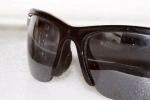
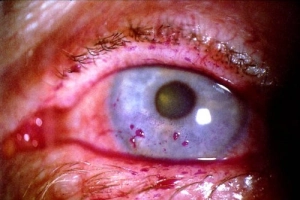

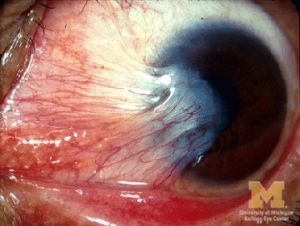

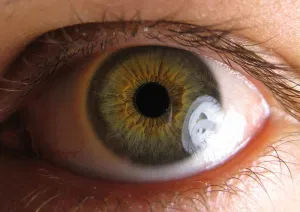
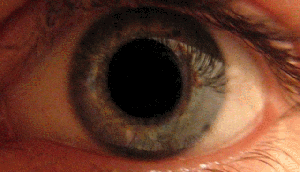

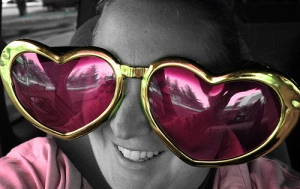

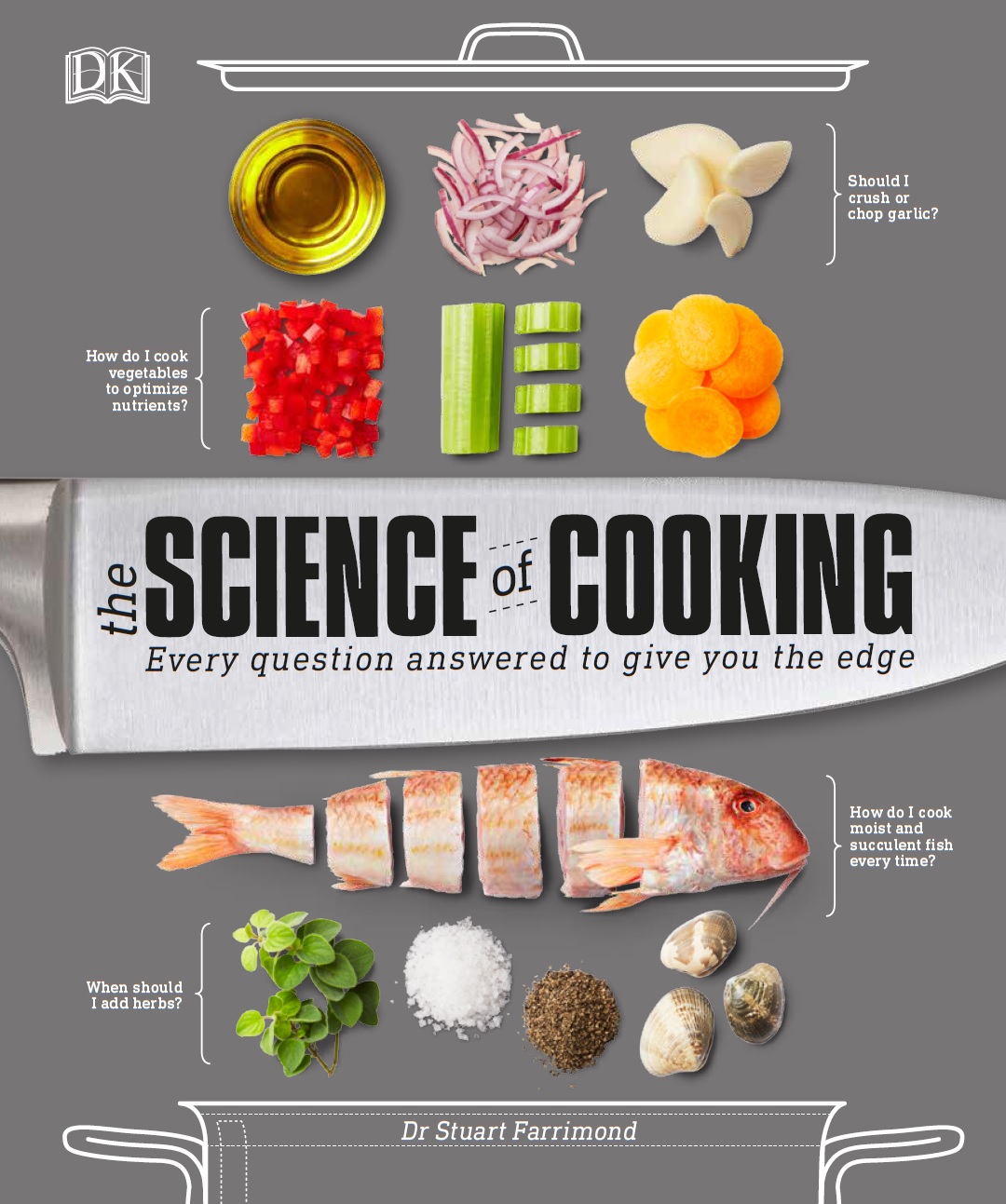








Simple point but well made. As soon as I saw the title of the post I made the pupil dilation - UV connection but, despite spending loads of time outdoors and often wondering why I’d end up with sore eyes despite sunglasses, I’d never thought of it before!
Posted by David Robertson | April 26, 2011, 3:05 pmThanks for commenting David!
It’s bizare to think that bad sunglasses could be far worse for you than no sunglasses at all…
I think though that folks ‘Down Under’ are doing it best by trying to legally enforce the rules.
Posted by Stuart Farrimond | April 26, 2011, 3:25 pmI’ve got a couple pterygiums (sp) - result of a lifetime in the Tropics. The downside is that I can’t wear contact lenses, the surface of my eye is too rough to allow it.
Glad I’ve finally found the Dr Stu blog - looking forward to becoming more informed!
Posted by Alice Jackman | April 30, 2011, 9:32 pmThanks for commenting Alice! That doesn’t sound too nice … Alas, at least I hope yours aren’t as gruesome as the one in the picture 🙂
Posted by Stuart Farrimond | May 1, 2011, 3:50 pmOverall rather good rundown and caveats, but author didn’t mention the danger of infrared as well. (Near IR around 750-1200 nm, not the long-wave heat rays.) IR rays are more a cause of macular degeneration than UV, because IR penetrates deeper into the eye and retina. (From link here about UV penetration:
Studies indicate that due to its absorption by various molecules in the cornea and the lens, most UVR never reaches the retina in the normal adult eye. In the case of ambient UVR (i.e., UV-B and UV-A), the shorter wavelengths are absorbed preferentially, with the cornea absorbing most of the radiation below 300 nm, and the lens absorbing almost all of the rest of the UVR below about 370 nm (Merriam, 1996).
Good sunglasses by definition block IR but labeling about that is not as clear, so you need more research. Green lenses tend to be best because they need to absorb red as well as violet in order to look green, hence they favor the safest, middle part of the light spectrum. Late sun is dangerous because low-angle yellowing admits red and near IR. I would like to see good consistent IR standards all around. One tip: polycarbonate lenses intrinsically block both UV and IR.
Also, not to confuse with sudden turns but: it’s healthier to get some UV, even in your eyes, than none at all. Just a limited time, make enough vitamin D and some input to retinas or lower mood could result.
Posted by Neil Bates | May 3, 2011, 6:46 pmHi Neil!
Thanks for commenting - some very useful information that is much appreciated! Most research papers focus exclusively on UV radiation, so thanks for bringing up the dangers of near-Infrared light.
(I have now included a relevant link at the end of the article).
And yes - great points on the importance of getting sufficient UV light exposure - both for Vitamin D production and to help reduce Seasonal Affective Disorder risk. Spot on!
Posted by Stuart Farrimond | May 3, 2011, 9:39 pmThank you for publishing this. I was unaware of the UV - pupil connection and am glad to know about it. I am an avid sunglass wearer and do not know if my sunglasses protect my eyes as well as i thought. I will be looking into getting a new pair soon. My eyesight is not bad and I plan to keep it that way.
I love your blogs!
Posted by Elizabeth Holmes | June 24, 2011, 5:17 amThanks for your kind words Elizabeth! I hope it helps you keep your eyes healthy 🙂
Posted by Stuart Farrimond | June 24, 2011, 8:11 amHi!
I was wondering, who’s the model in “The Hidden Dangers of Sunglasses” (hazel eyes owner)?
Thank you for these awesome articles!
Posted by beto | August 16, 2011, 12:11 pmHi Beto,
It’s public domain from Wikimedia Commons - you can check it out here: http://commons.wikimedia.org/wiki/File:Eye_dilate.gif
Hope that helps,
Stu
Posted by Stuart Farrimond | August 20, 2011, 11:44 amThank you for sharing this blog. Very helpful. Keep posting like this.
Posted by Daniel1828 | August 17, 2011, 5:28 pmThanks! Will do… 🙂
Posted by Stuart Farrimond | August 20, 2011, 11:40 amIs it true that the eyes pick up the amount of sunlight we are exposed to and then tells the body how much pigmentation to produce ( our natural sun protector)hence if we wear sunnies all the time we are giving the eyes and the body the wrong message
Posted by Trevor Hatch | November 14, 2011, 8:20 amIs there any practical way to test it? Because I’m sure a lot of “CE” tags in Europe are fake…
Posted by Faun | June 8, 2012, 2:27 pmAlas, probably not… Guess you will need your detective hat on, in the same way you may for knock-off imitation alcohol and handbags.
Posted by Stuart Farrimond | November 25, 2015, 7:01 amyou have done a good job, keep it up.
Posted by Nora | May 28, 2013, 6:19 amIt’s possible that wearing sunglasses will also make you more likely to get sunburn, even if they’re high quality glasses. http://www.dingtwist.com/are-sunglasses-harmful/
Posted by dingtwist | June 12, 2014, 3:38 pmI always thought that sunglasses were a bad idea as I realised that, when my eyes thought it had got darker, my pupils would get large again and could lead to eye damage - thanks for backing up my belief!
Carol.
Posted by mountaincoward | August 11, 2014, 12:11 amHow about pin hole glasses? I heard they make eyes work out. Like camera zoom in zoom out
Posted by peter | November 25, 2015, 5:14 amWouldn’t touch pinhole glasses with a proverbial barge pole - looks suspiciously like quackery and no evidence they do anything good at all (moreover, straining your eyes by reading in low light has been linked to developing poorer vision - so eye ‘workouts’ don’t make sense).
They certainly don’t ‘zoom in’ and out like a camera.
In bright sunlight, they would risk exposing your retina to excessive uv radiation by ‘tricking’ the pupil to open wide, as if it were nighttime.
See: http://www.independent.co.uk/life-style/health-and-families/health-news/the-truth-about-pinhole-glasses-1253113.html
http://www.quackwatch.org/01QuackeryRelatedTopics/eyequack.htm
Posted by Stuart Farrimond | November 25, 2015, 7:11 amWould anyone perhaps know of a method of testing whether lenses are up to standard or not? Perhaps there is some device a layperson can purchase that can measure a lens’ capacity? Thank you.
Posted by Richard Cohen | May 24, 2016, 8:02 am